This post may contain affiliate links, which means that I may receive a commission if you make a purchase using these links.
With spring finally here, now is the time to start planning and designing your vegetable garden for the season.
Unfortunately, starting a vegetable garden isn’t as easy as putting some plants in the ground wherever is convenient and calling it a day. It takes careful planning and consideration of some key factors to ensure a bountiful harvest later in the growing season.
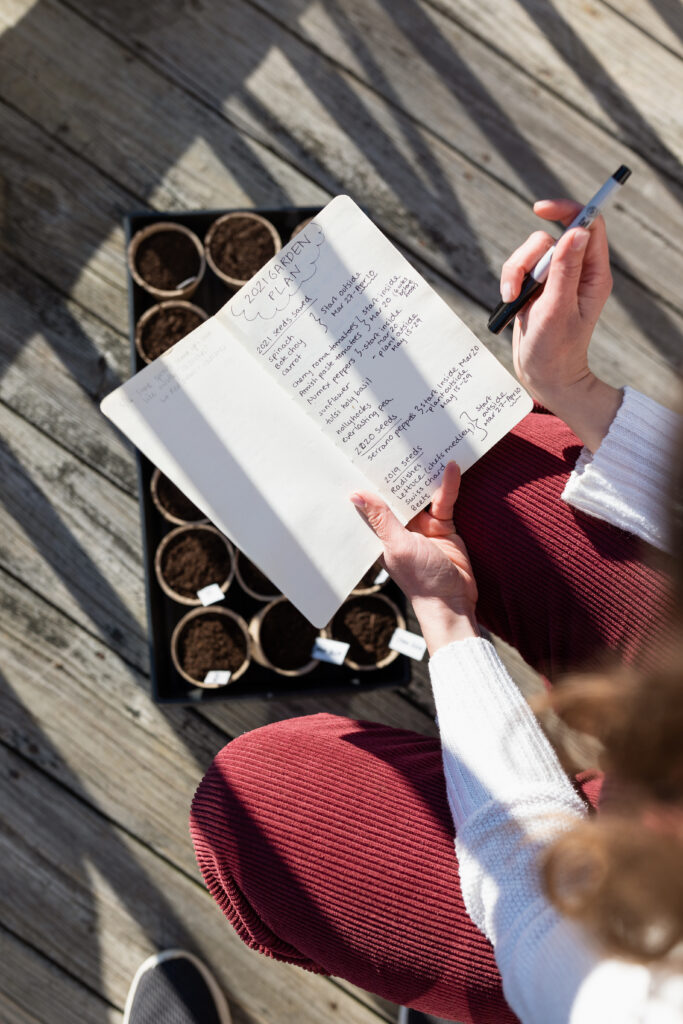
This article will highlight some of those important considerations to make when planning for your first vegetable garden. The most important considerations to think about when planning a vegetable garden are:
- Space
- Sunlight
- Temperature
- Water
- Soil health
- Crop selection
This article touches on each of these considerations to help you design an abundant vegetable garden in no time.
Who Should Use This Guide?
This guide will be especially helpful for beginner gardeners planning a vegetable garden for the first time and will answer some of the first questions that come up in planning a vegetable garden like, “Where should I put my vegetable garden?” or “What plants should I grow?”
However, there is always more to learn when it comes to gardening. I share my favorite gardening resources at the end of this blog post if you are looking to learn more about home gardening.
Space
The first step in designing a productive vegetable garden is considering your space. One of the common misconceptions about home gardening is that you need acres of land to produce a meaningful amount of food.
This is not true. You can feed your family with pounds of vegetables weekly with even a humble porch garden.
However, taking into account your space will help determine garden type, gardening method, and what vegetables to grow.
For instance, if you don’t have any workable soil on your property (or your landlord doesn’t want you digging) then you’re going to have to plan for container gardening in pots, bins, self watering containers, or raised beds.
You can get really creative with container gardening! Picking a container gardening project will (again) depend on your space and time. Read more on how to start a container garden here.
If you don’t have a ton of space, you’re also probably not going to opt for vegetables like corn that prefer wide open spaces and have low yield per plant.
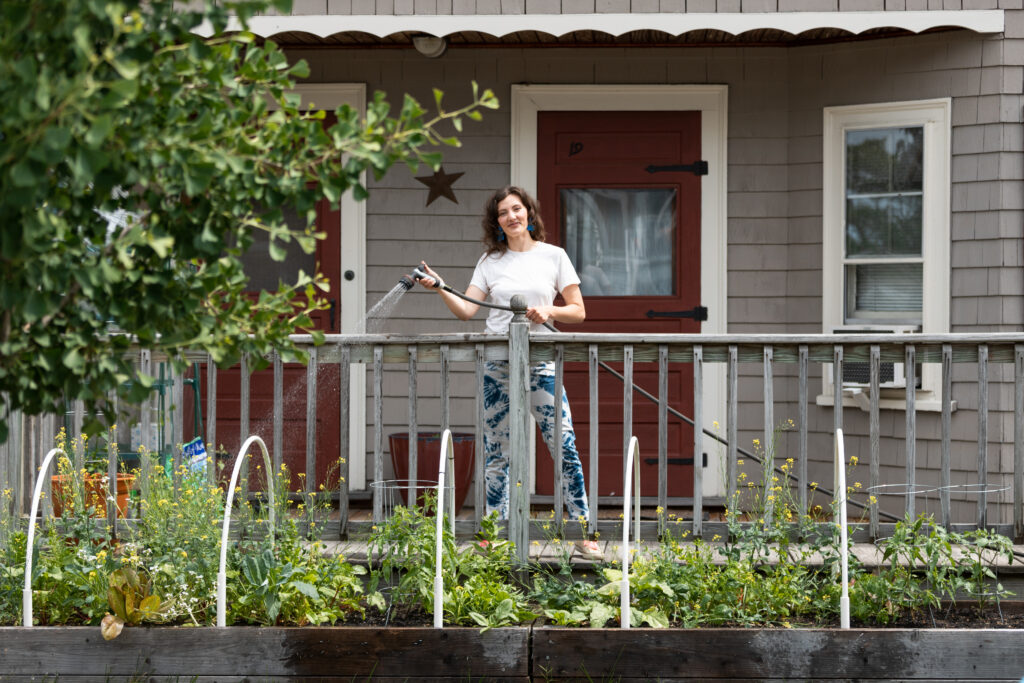

Start Small
One of my favorite gardening methods called Square Foot Gardening, which allows gardners to maximize their harvest per square foot with limited space. This method is great for beginner gardeners looking for a small but productive option for their raised bed gardening.
Starting with a small garden can actually be a smart move for beginner gardeners. When you’re just starting out, it is easy to get overly ambitious and try too many things out at once. Start small and take what works into the next growing season.
Hours of Sunlight
Remember learning about photosynthesis in second grade science class? Plants need sunlight to grow and produce the tasty carbohydrates that we like to eat.
A vegetable garden should ideally get full sun, or at least around 6-8 hours a day.
Finding an area with full sun exposure can be tricky. For urban and suburban areas, make sure you consider shadows cast throughout the day by buildings and other structures. Even rural areas may need to consider the leaf cover from trees nearby.
You may still be able to grow in lower light situations (around 4- 6 hours). It might take more careful selection of plants for these areas.
Consider how much light it might take to grow the vegetable you want to place in a lower light area. For example, cherry tomatoes do better in lower light than beefsteak tomatoes because they require less light to ripen the smaller fruit.
Tailor your garden and plan your plant choice based on light.
Need help determining which areas of your yard might be best for a garden based on sun exposure? Try the SunSeeker app. The SunSeeker app tracks the sun as it moves through the sky to help gardeners find optimal planting locations.
Temperature
As you gain more gardening experience, you will quickly learn that some plants like it cool, while others like it hot.
For many years, I would wonder why my beautiful lettuce gave me such a short season, often bolting by early summer. (Bolting is the process of sending up flowers, making the leaves bitter and not very tasty.)
Basically, it was getting too hot for the sensitive lettuce in my garden that gets nearly 10 hours of sun in the summer. I now know to plant my lettuce in cooler areas or pull up the plants whole earlier in the season, while they are young and tender.
How is considering temperature preferences different than considering the hours of sunlight your garden will receive?
Of course, in many ways, sun exposure and temperature are directly related. However, it’s important to consider that plants do their growing at night. For this reason, it is important to consider optimal nighttime temperatures.
The seed packet will often tell you the minimum nighttime temperature required to sow your seed or transplant your plant into the ground.
Generally speaking, plants that prefer cooler temperatures can be planted earlier and tolerate lower light. Plants that prefer warmer temperatures should be planted later (usually when the nighttime temperatures reach a certain point) and like full sun.
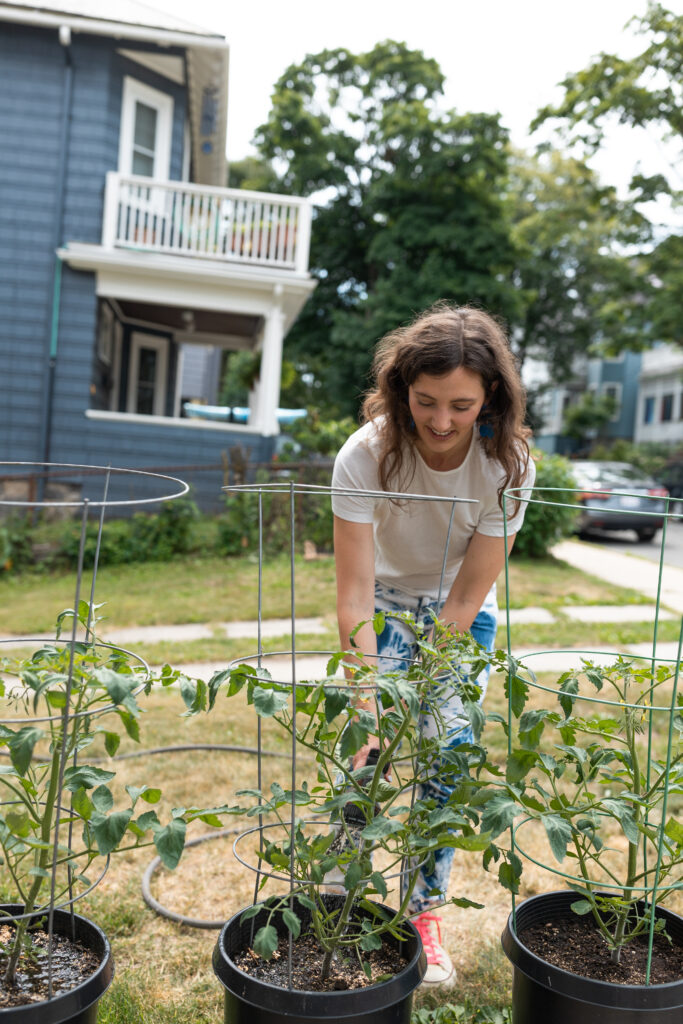

Here are the general temperature preferences of some common garden vegetables.
Cooler Temperature-Loving Vegetables:
- Radishes
- Kale
- Peas
- Lettuce
- Broccoli
- Cauliflower
Warmer Temperature-Loving Vegetables:
- Tomatoes
- Peppers
- Squash
- Eggplant
- Melons
- Cucumbers
- Beans
Water
Most beginner gardeners underestimate just how much water plants need.
Plants need deep waterings of an hour or more for good root development. If water does not penetrate deeply into the soil, your plants will have shallow roots making them vulnerable to disease and pests.
I happen to like getting out in my garden in the summer mornings and giving my plants a good soak by hand.
However, for most people who are strapped for time, the best option is going to be to invest in a soaker hose or drip emitter system. These systems allow you to turn on the hose and walk away.
Some models even offer a set-it-and-forget-it watering timer option. These come in handy for vacations when you’ll be away from your garden for extended periods of time.
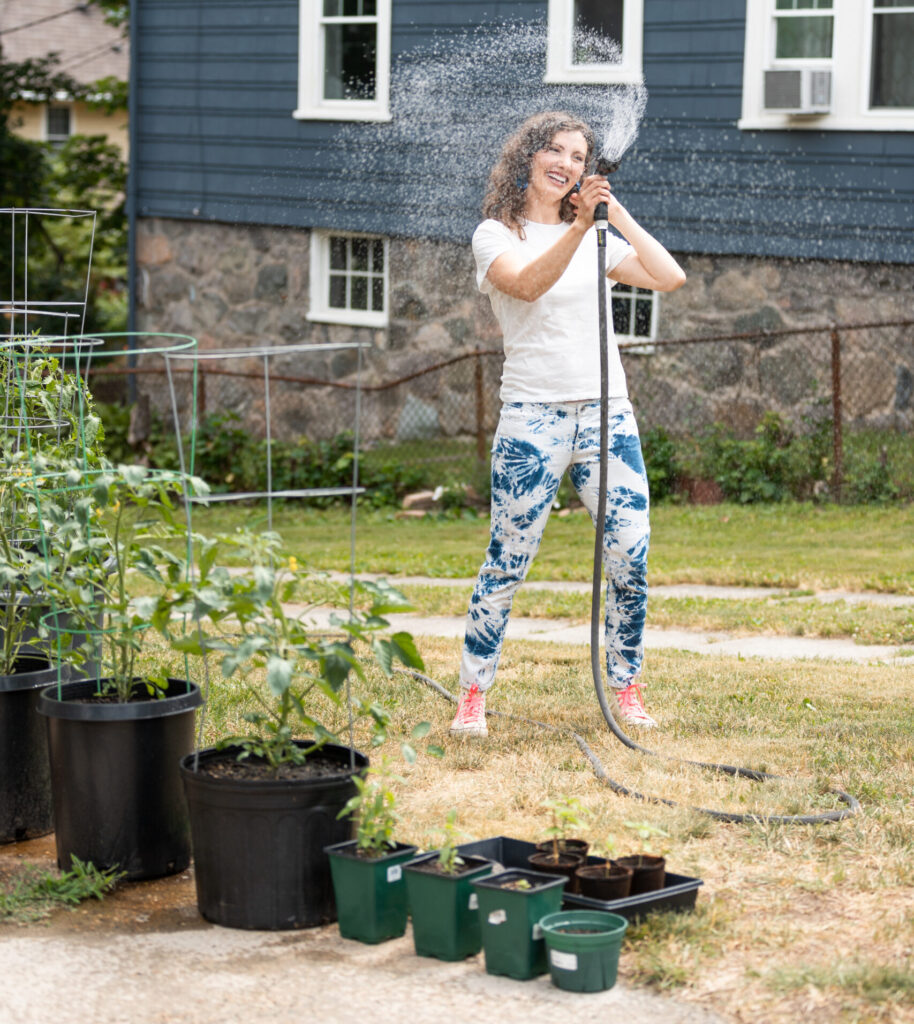

Soil Health
Soil health is a topic that can get real complicated, real fast.
A good indicator of your soil health is whether anything is growing in it now. Can only the hardiest weeds survive (or nothing at all)? Does it look too sandy or gravelly? Is it hard-packed and dry?
If so, soil remediation may be in order. The simplest way to remediate soil issues without getting too science-y is through intensive mulching.
Mulching
Maybe you are familiar with mulch as the wood chips your family would put around the decorative shrubs in front of your house growing up, but mulch can be much more. Mulch can be basically any organic matter that breaks down over time and improves your soil, including leaves, straw, wood shavings, pine needs, corn husks, etc.
Soil Remediation
Mulching is a great gardening habit regardless of soil quality. However, it comes in handy especially when dealing with poor soil.
To remediate poor soil, consider making a “mulch lasagna” by layering manure, newspaper, three inches of compost, topped by at least three inches of your mulching material. Return to this area after a year to see if growing conditions have improved. In the meantime, you can place a raised bed on top.
More science-minded soil nerds might be interested in sending their soil for a soil test at a lab. Many state university agricultural programs offer soil tests for around $20.
A Note on Lead
A soil test might be worth pursuing if you plan on growing in an area with a history of lead contamination.
Lead used to be found in gasoline, plumbing fixtures and paint. Levels in soil tend to be higher near roadways and homes with a history of lead paint. Lead contamination in soil is common in New England where I live with our older housing stock.
Ensuring a good nutrient base in soil limits lead uptake in your vegetables. Plants actually don’t want to take on lead, but they will in poor soils. Make sure you have good organic matter and consider mulch on the surface.
Selecting Crops
Choosing what vegetables to grow in your garden can be the most exciting part of planning. With so many options available at your local gardening center, how do you choose?
The easiest answer is grow what you like to eat. However, don’t be afraid to experiment within that range. For example, if you like lettuce or kale try experimenting with Asian greens like bok choy or rainbow tatsoi.
Consider prioritizing vegetables that taste best fresh from the garden. The tomato is the classic example of a vegetable whose full sun-ripened flavor simply cannot be store-bought. I would argue that green beans and tender greens also fall into this category.
Vegetables that offer a good return on investment for time and space also make for good choices. These include the ‘cut and come again crops’ like lettuce, spinach, swiss chard, kale, that will produce more leaves as you snip them off. Plants like tomatoes, bush beans, squash and peas will continue to produce as long as you keep harvesting.
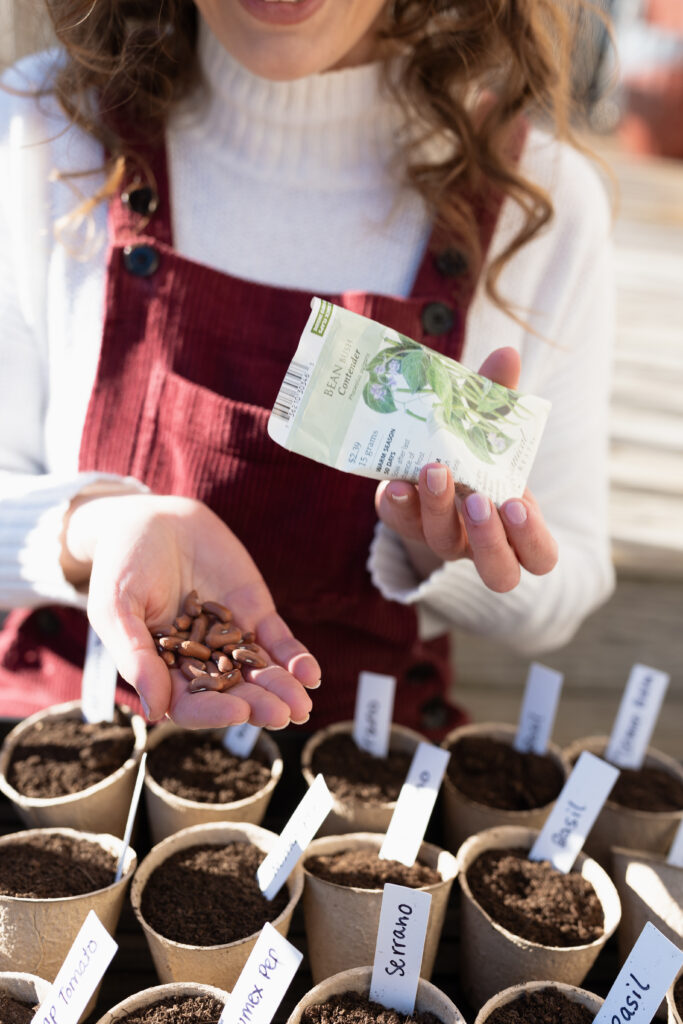

When to Plant
After you have selected the vegetables you would like to grow, take note of their growing season.
Can your seeds be sown directly into the ground in the early spring like peas? Or would your plant prefer to be started indoors and transplanted outside when the temperature warms, like tomatoes?
This information can be found on the seed packet or in seed catalogs.
Most planting times are given in their relation to the average last frost in the spring and the average first frost in the fall. Look up these dates for your area to get a better idea of the exact dates you should begin planting your seeds.
More Gardening Resources
Want to learn more about home vegetable gardening? Here are a few of my favorite books that began my gardening journey.
Weedless Gardening by Lee Reich
